Covering a landmass of 514 km2, Djerba, also spelt Jerba or Jarbah, is an island in the Mediterranean Sea just off the coast of southern Tunisia. Prior to the first quarter of 2015, it was a popular beach and culture destination for tourists from all over Europe. For some nationalities, particularly the French, the allure was the island’s main town, Houmt Souk, a laid-back, attractive and manageable place that also instantly appealed to us when we stayed there in February 2019. For others, however, it was the long sandy beach at Sidi Mahrez, some 16km southeast of Houmt Souk, that was the main draw. The numerous, and mainly all-inclusive, resorts scattered along this wide stretch of sandy beach were especially popular with British holidaymakers and several UK-based tour operators, including Thompson and First Choice, operated package holidays to the island.
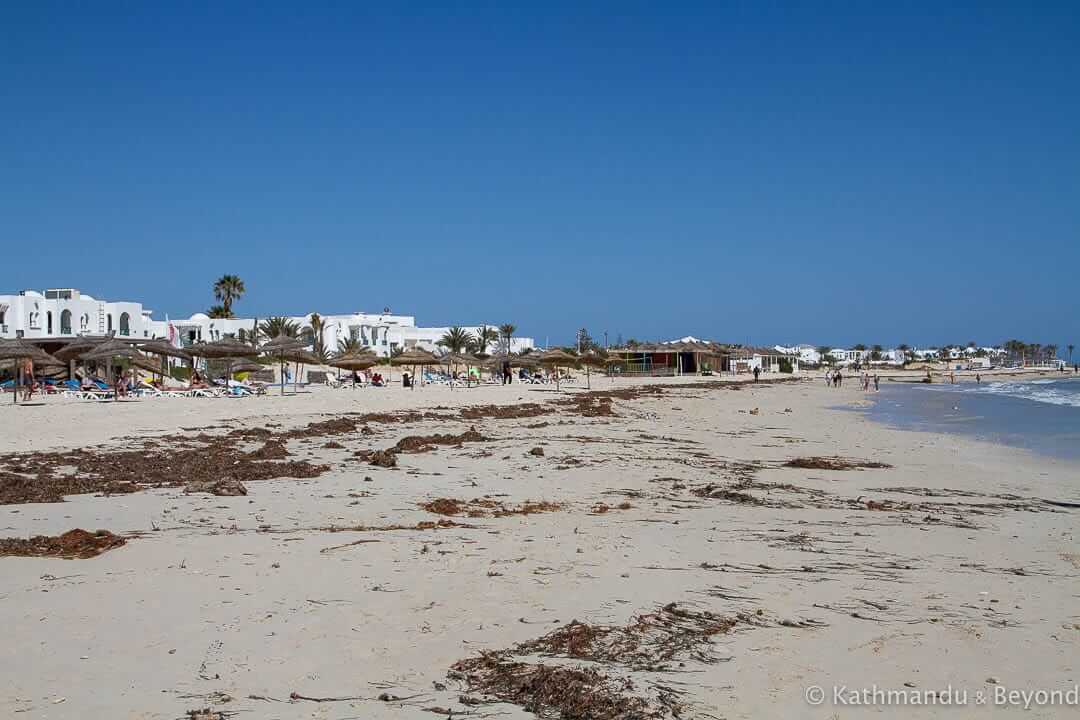 The long beach at Sidi Mahrez on the island of Djerba
The long beach at Sidi Mahrez on the island of Djerba
Up until this point, Tunisia’s inbound tourism was doing well, and, because Djerba is a great place for a spot of winter sun, many of the hotels and resorts in Sidi Mahrez were seeing business year-round and not just during the summer months. What put paid to this success as a popular holiday resort was a trio of terrorist attacks that took place in Tunisia between March and November 2015.
The first of these jihadist attacks was at the Bardo National Museum in Tunis on 18 March, 2015 in which 22 people died (mostly European tourists) and 50 were injured. This was followed on the 26 June by a mass shooting at the purpose-built tourist complex of Port El Kantaoui, which is situated 10km north of the city of Sousse. On this occasion, 38, predominantly British, tourists were killed and the same number again were injured. These two barbaric acts were rounded off with a suicide bomb attack in Tunis on 24 November in which a bus carrying members of the Tunisian presidential guard was the target. 13 Tunisians died this time and another 16 were injured.
Although Djerba itself was not a direct target, the impact of three terror attacks of that magnitude took its toll everywhere in the country that either fully or partly relied on income generated from tourists. In the case of Djerba, tourism has always played an important role in its economy and when the charter flights stopped arriving and the number of overseas visitors dwindled significantly, the island suffered greatly.
The positive news is that tourists are now starting to, albeit slowly, return to the country. This pleases me no end as Tunisia really is a superb place and its people are among the most welcoming we have met in a long while. But, in the interim years between the attacks and this recent mini-revival, Tunisia’s tourist infrastructure, for want of a better phrase, died on its arse. According to this article in Foreign Policy Magazine (dated August 2016), foreign visitors accounted for 29 million bed nights in Tunisian hotels in 2014, a figure that nosedived to 16 million after the attacks. Interestingly, the same article goes on to say that it wasn’t the series of terrorist attacks alone that sparked the collapse of the country’s tourism industry.
The demise was the culmination of a series of events that date back to the 2011 Arab Spring and the ensuing Tunisian Revolution (18 December 2010 – 14 January 2011) that toppled President Zine al-Abidine Ben Ali, the dictator who’d ruled the country for more than 24 years. Before the overthrow, many of the large-scale resorts along Tunisia’s Mediterranean coast were originally constructed with the support of government aid (read cronyism and large loans/ongoing financial support that was often never repaid) and after the revolution, these resorts could no longer rely on the state to bail them out. By 2015, they were already in deep financial trouble and the terrorist attacks were the final nails in an almost-complete coffin.
Visiting the abandoned resorts on the island of Djerba
First and foremost, not all the hotels and resorts at Sidi Mahrez are abandoned. Far from it in fact – you can make reservations on Booking.com and the like and we saw some, but not that many, holidaymakers strolling up and down the beach.
As for the ones that are in a state of abandonment, we first heard about them when we started our initial research for our trip to Tunisia but, as per the norm, we didn’t have precise locations for any of their whereabouts. Hence, our reckoning was that we could get a taxi to drop us off at one end of Sidi Mahrez and we would then simply walk along the beach to the other end, keeping our eyes peeled along the way. This theory did work but what we didn’t bank on was how long the actual beach was from one end to the other. We walked about 14km that day and we didn’t get to the furthermost point of the beach. What’s more, in all likelihood, we probably didn’t see all of the abandoned resorts along this particular stretch of coast but, on the plus side, in-between coming across hotels and resorts that were still operational, we did manage to poke around four atmospheric sets of ruins. Below is a pictorial description of what found:
Coralia Hotel
The Coralia Hotel was one of the original mega-resorts to be constructed in Sidi Mahrez. It opened in 1964, had 350 rooms and was originally called the Hotel Tanit. Famous guests included Habib Bourguiba, the first president of Tunisia after it gained independence from the French in 1956. Interestingly, the Coralia ceased operating as a resort in 2003 and therefore wasn’t a victim of the 2015 terrorist attacks.
This was the first abandoned beach resort we entered and its size meant we spent quite a bit of the morning exploring it. A fortuitous bumping into the local security guard extended our time spent there as he insisted on showing us around some of the inside parts of the resort on a private guided tour. If only all security guards were that amenable!
Club Med
We saw a couple of workmen in the grounds of this one so, potentially, it might soon be receiving a new lease of life.
Salma Rosa Resort
The Salma Rosa Resort was never completed and didn’t open as a hotel. The unfinished property was likely a casualty of the 2015 terror attacks.
Unknown resort
I have no information about the last hotel we explored. There was no name board at the entrance or name indication on the walls, nor any other signs bearing identification marks. The highlights were the two pools, the large outdoor one and the smaller inside one with an almost Soviet-like mosaic against its back wall.
READ MORE BLOG POSTS FEATURING ABANDONED PLACES
IF YOU ENJOYED OUR POST FEATURING ABANDONED RESORTS ON DJERBA ISLAND, WHY NOT PIN IT TO YOUR ABANDONED PLACES OR ALTERNATIVE TRAVEL BOARDS…
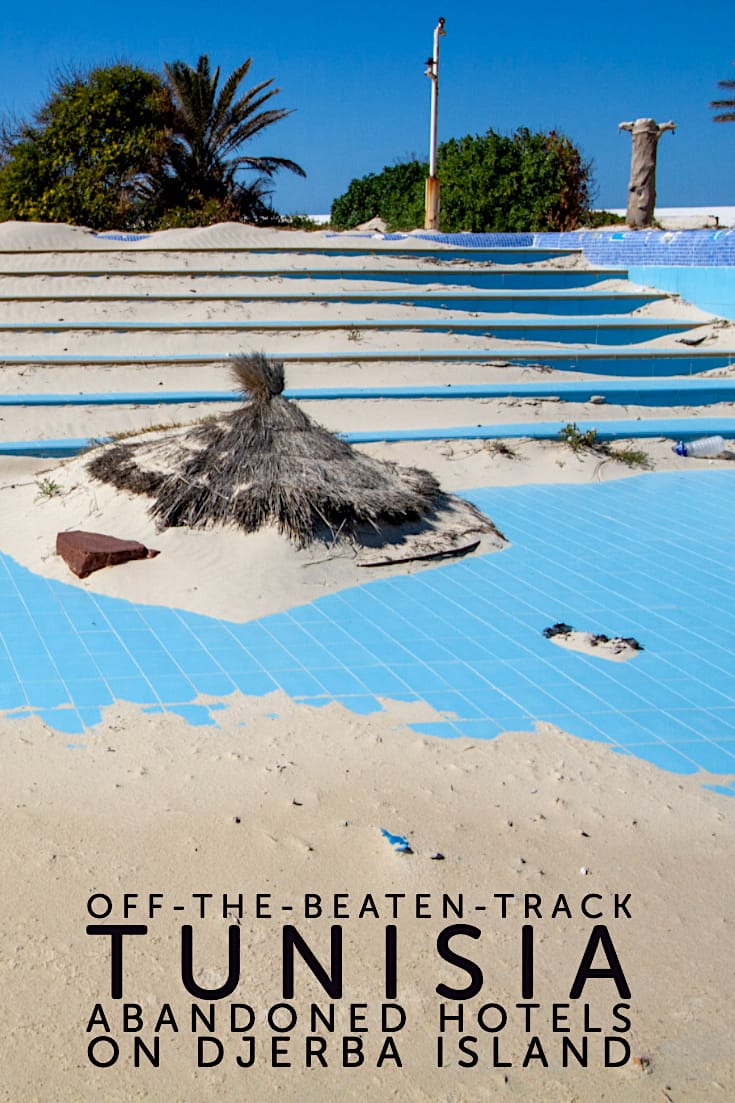
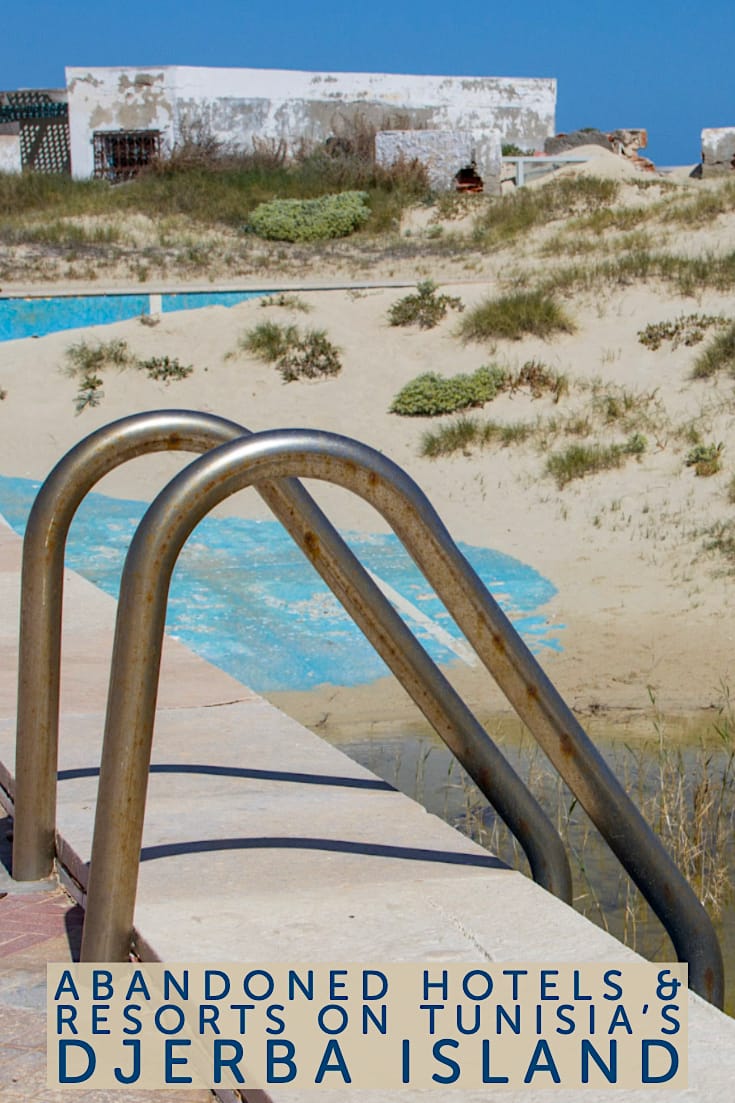
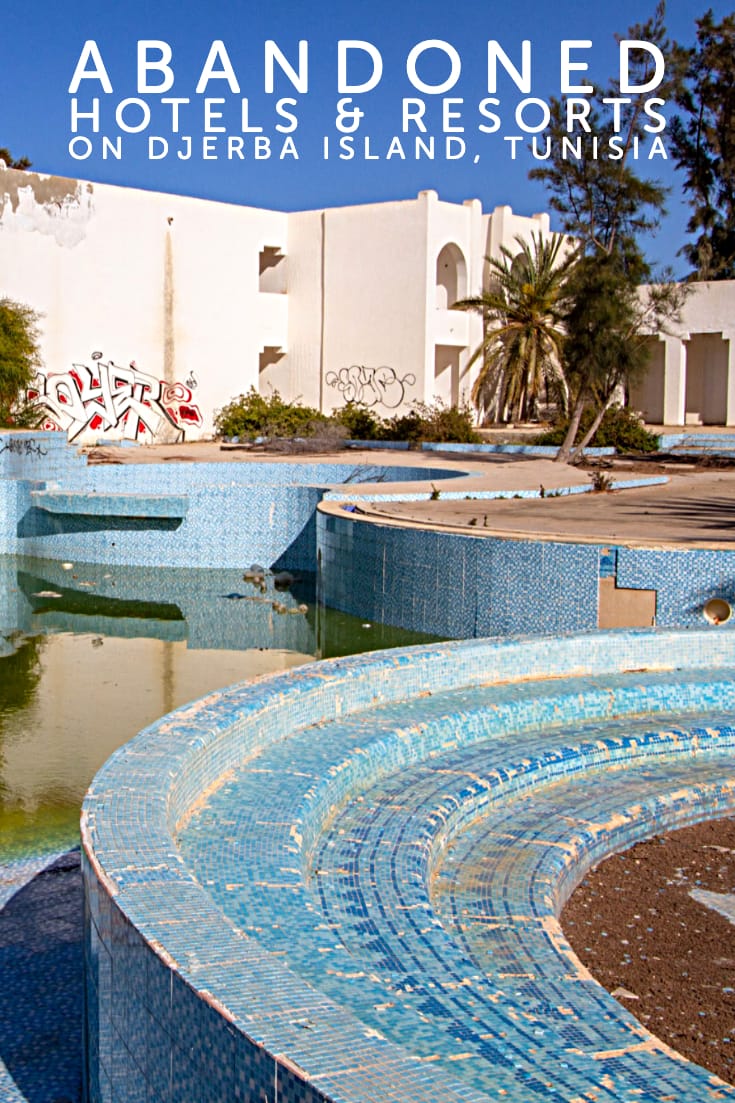

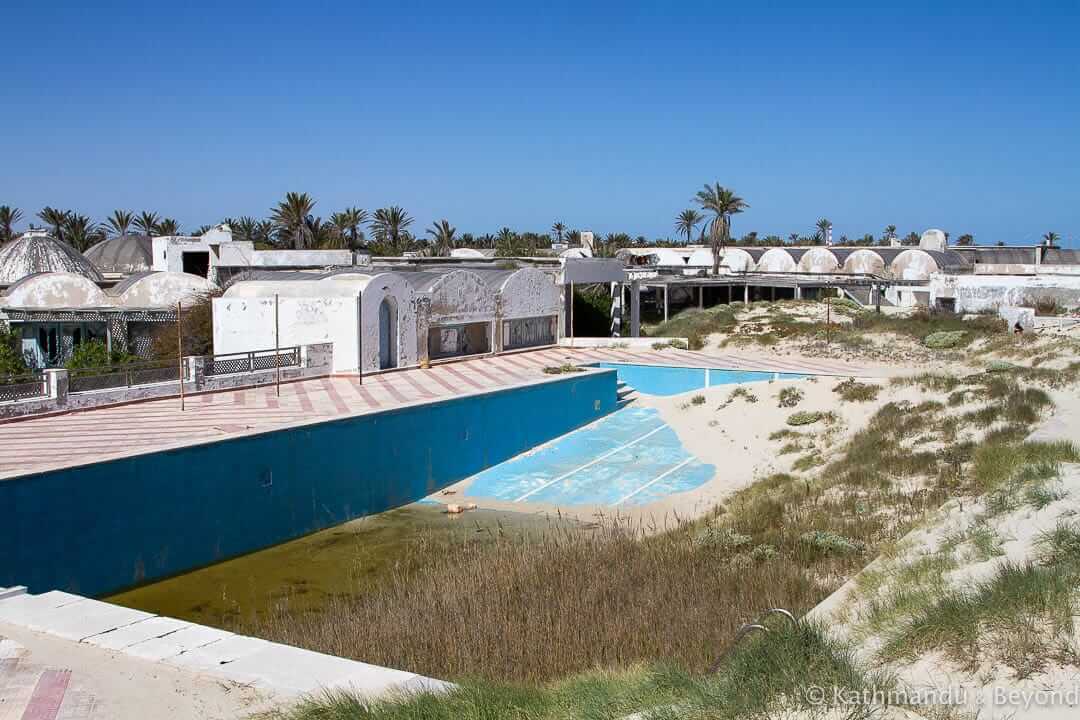
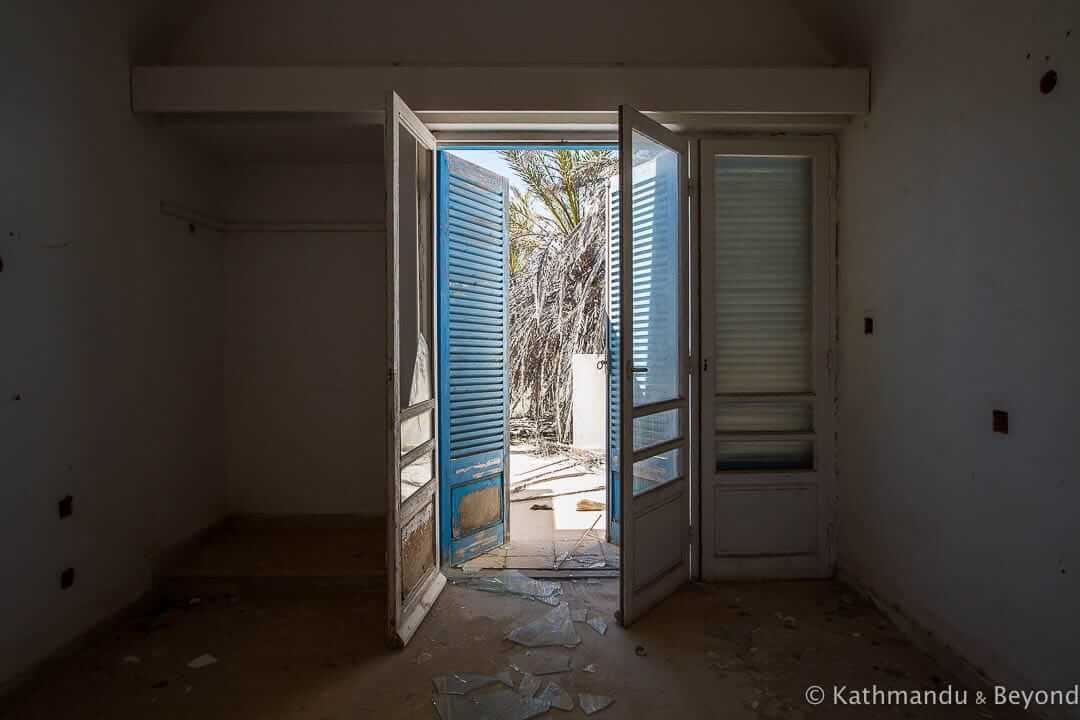
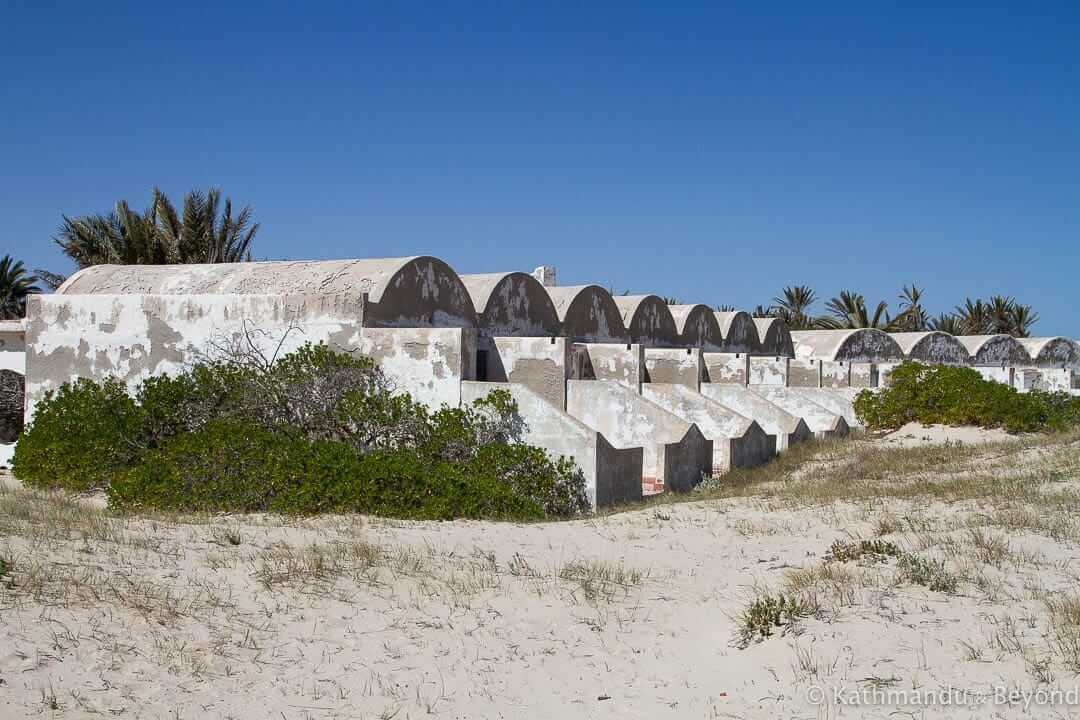
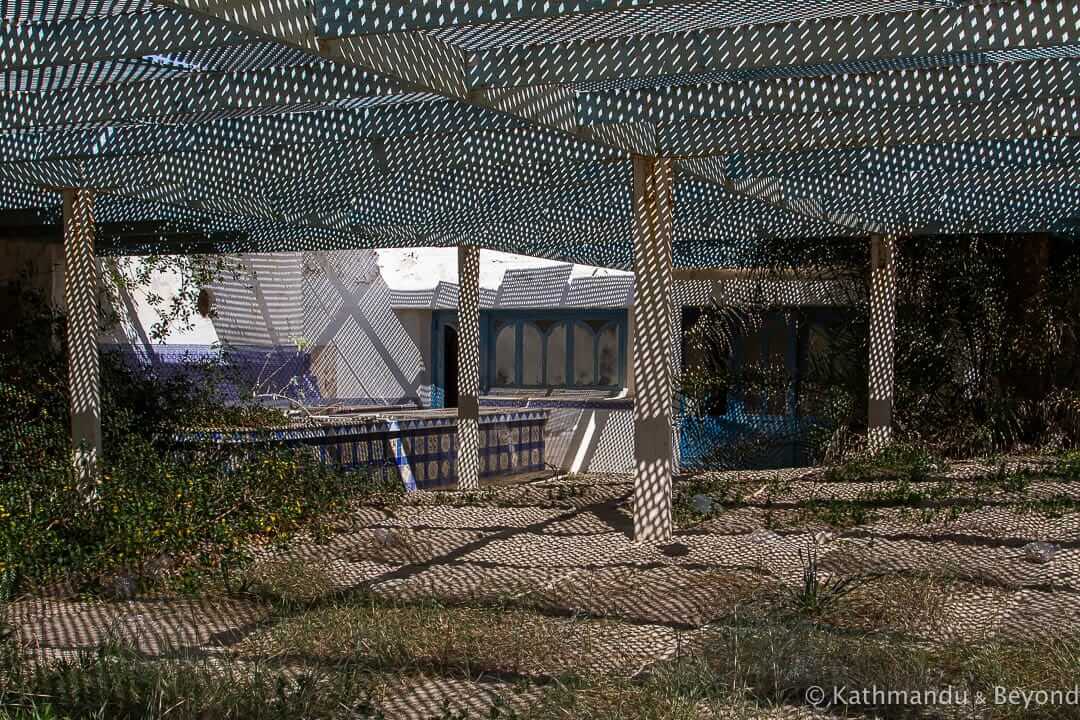
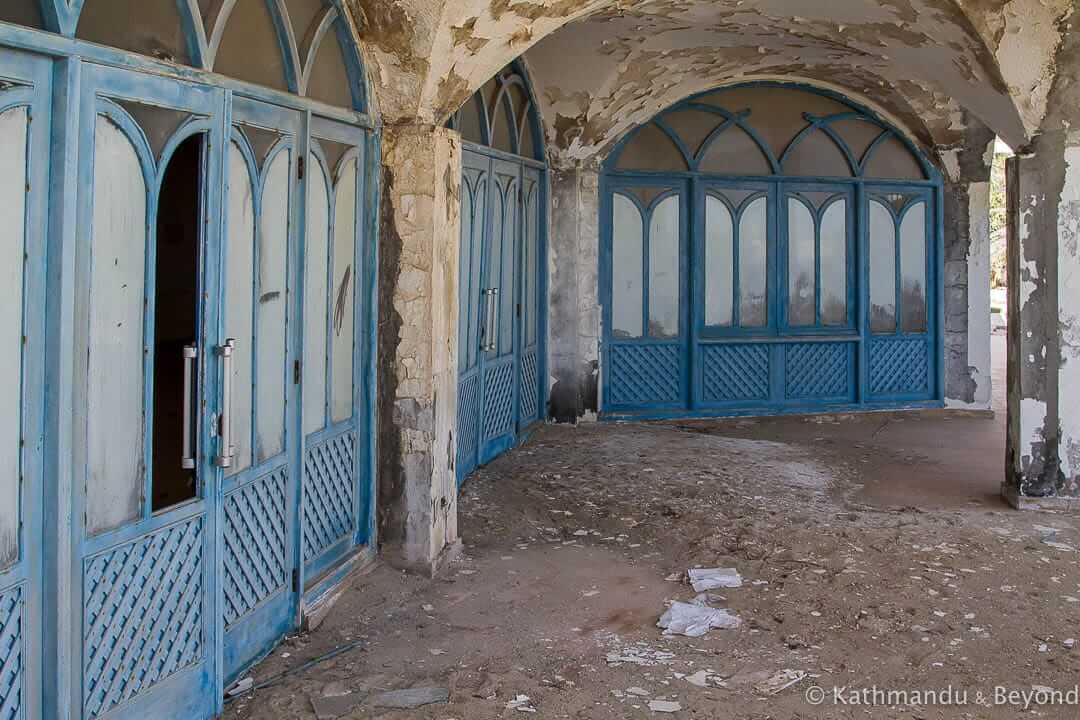
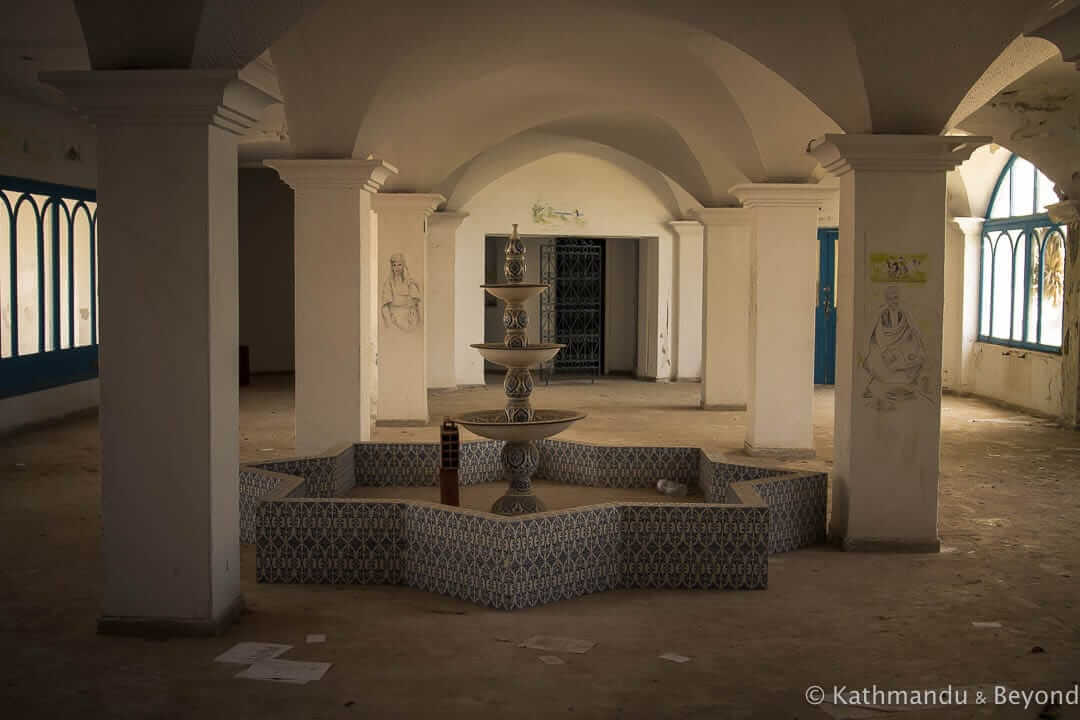
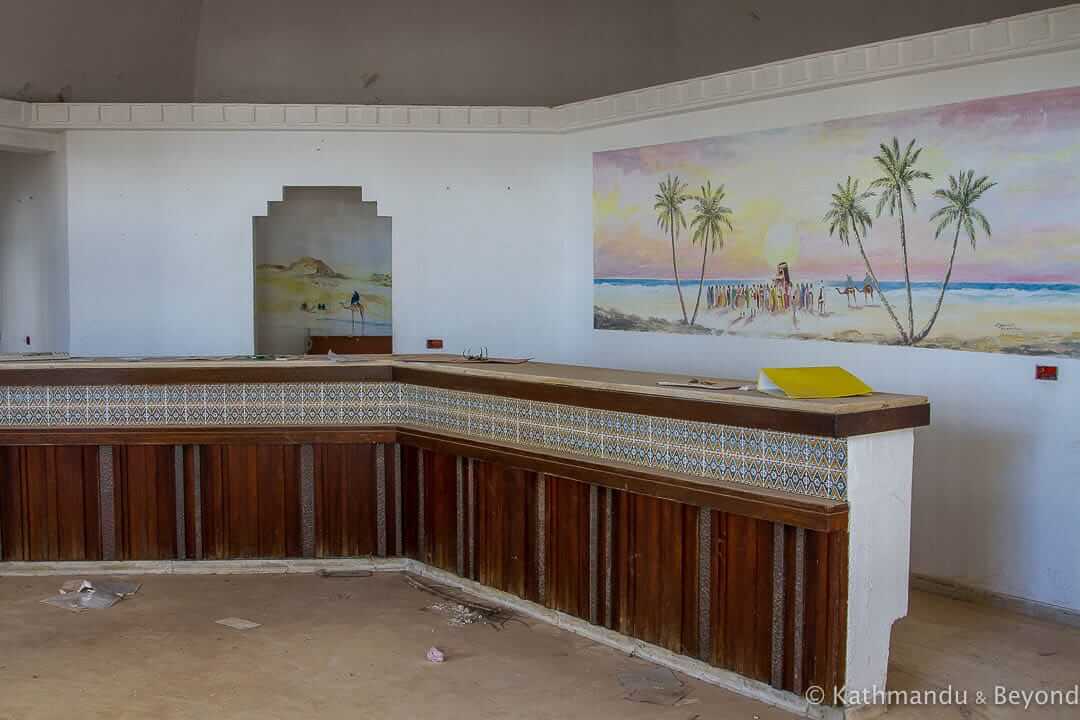
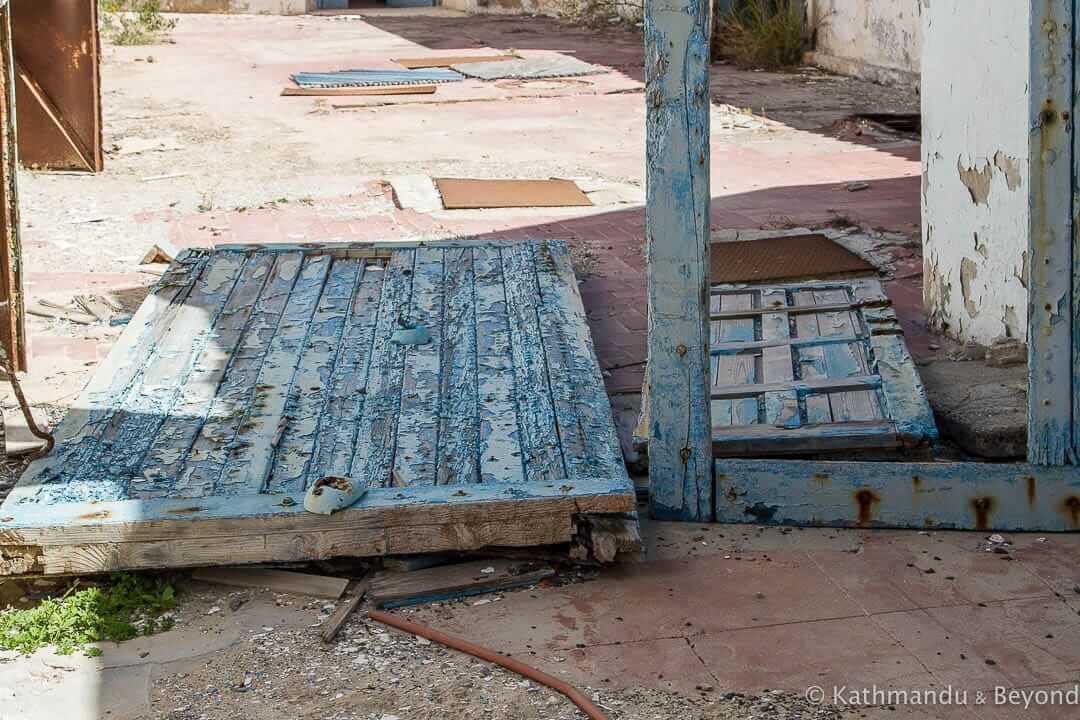
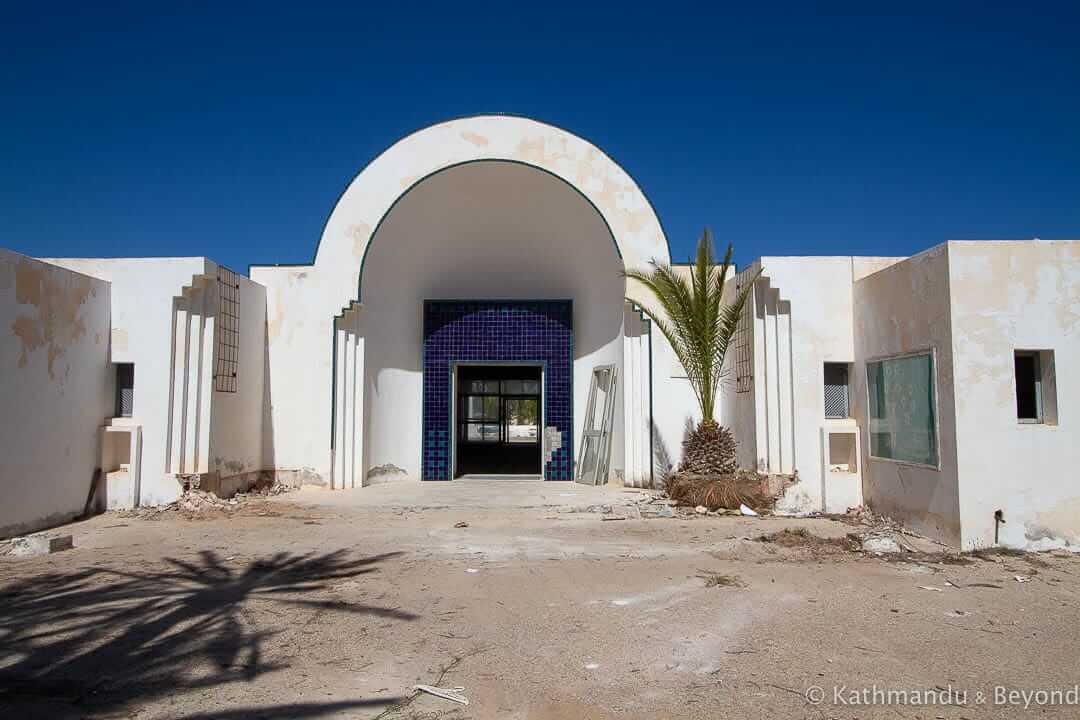
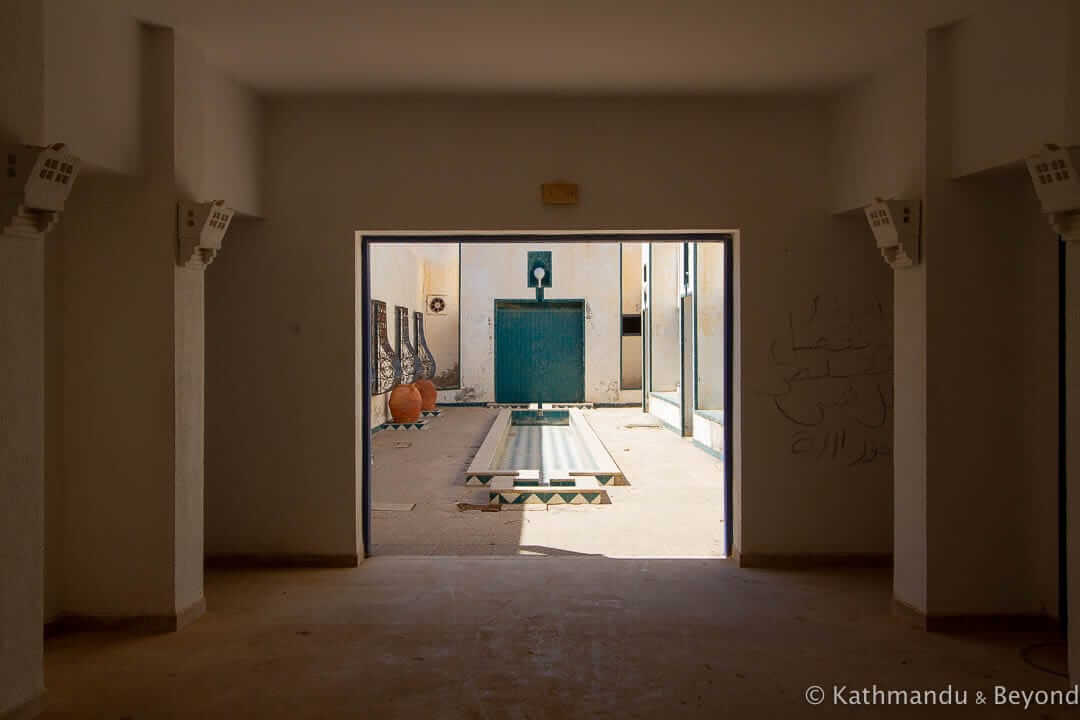
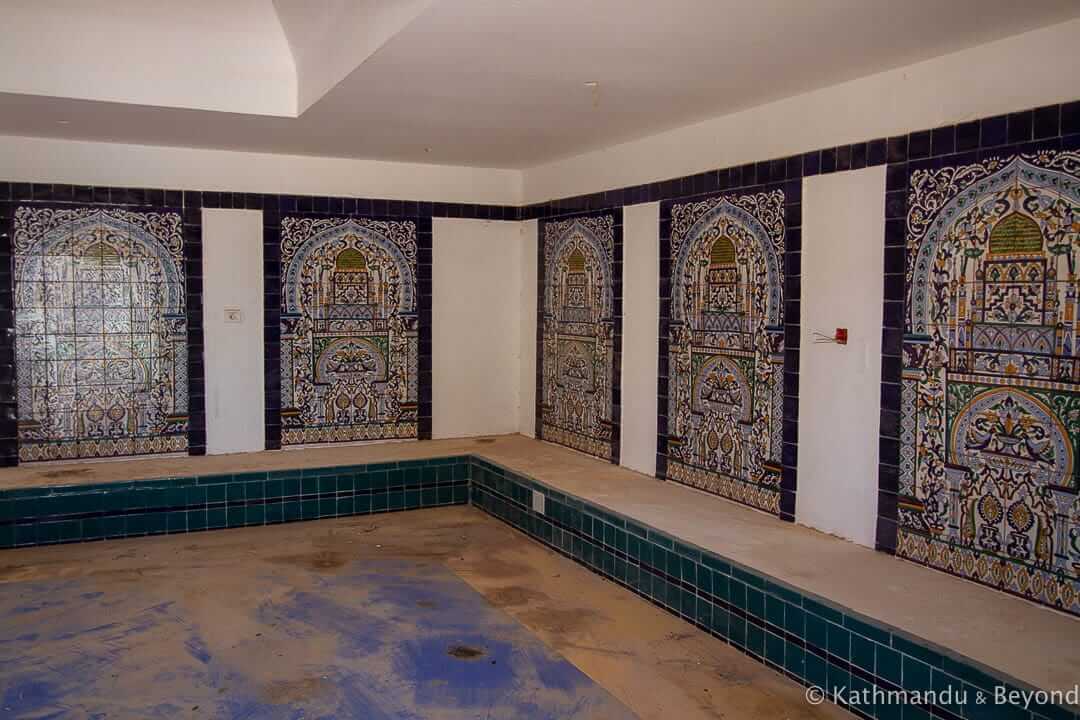
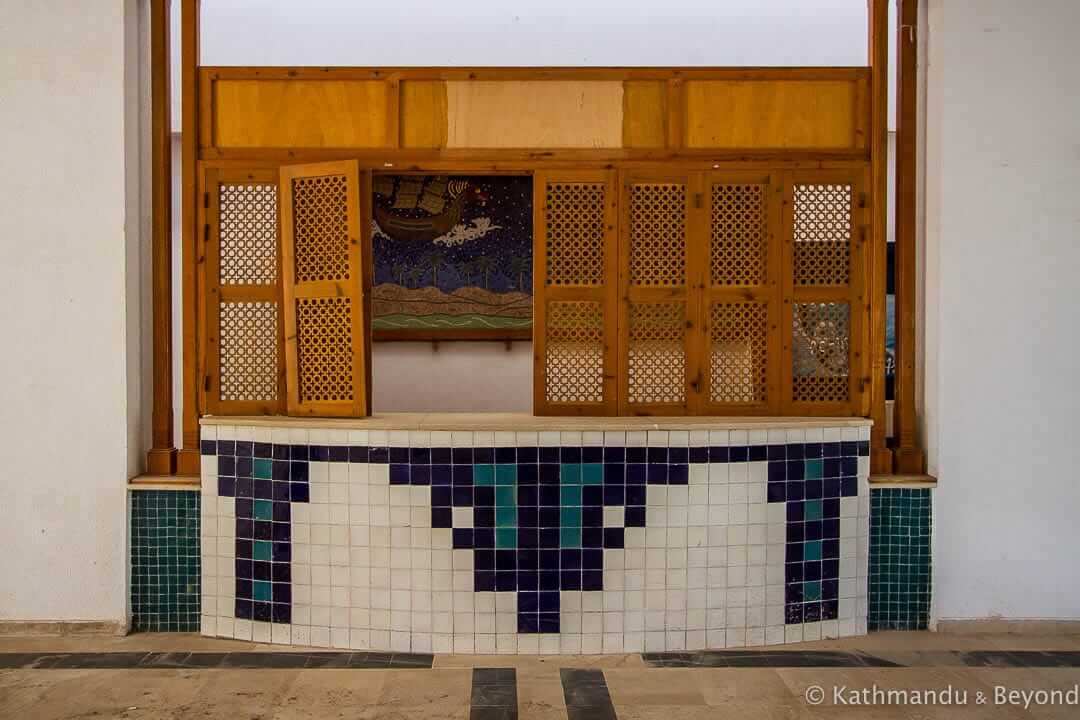
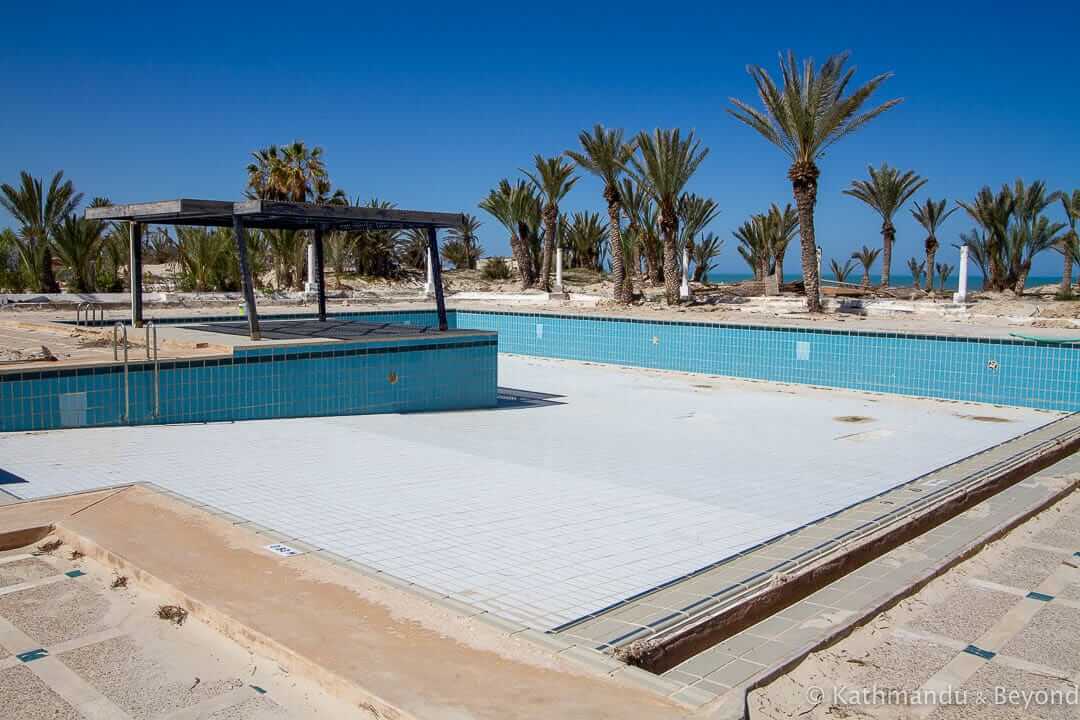
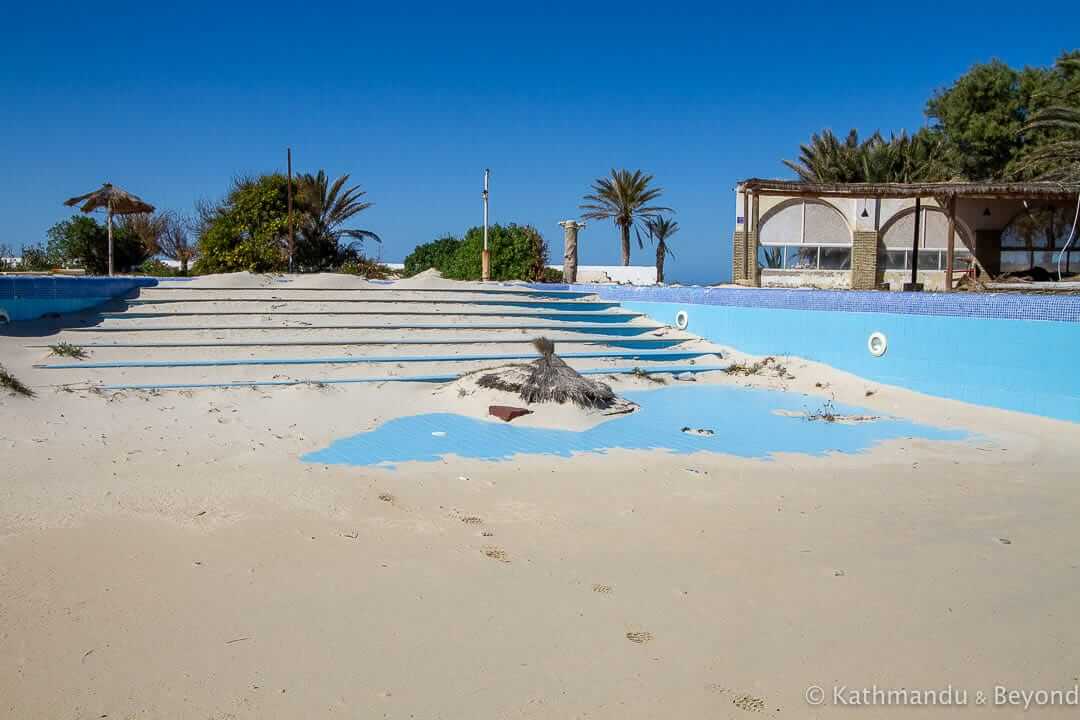
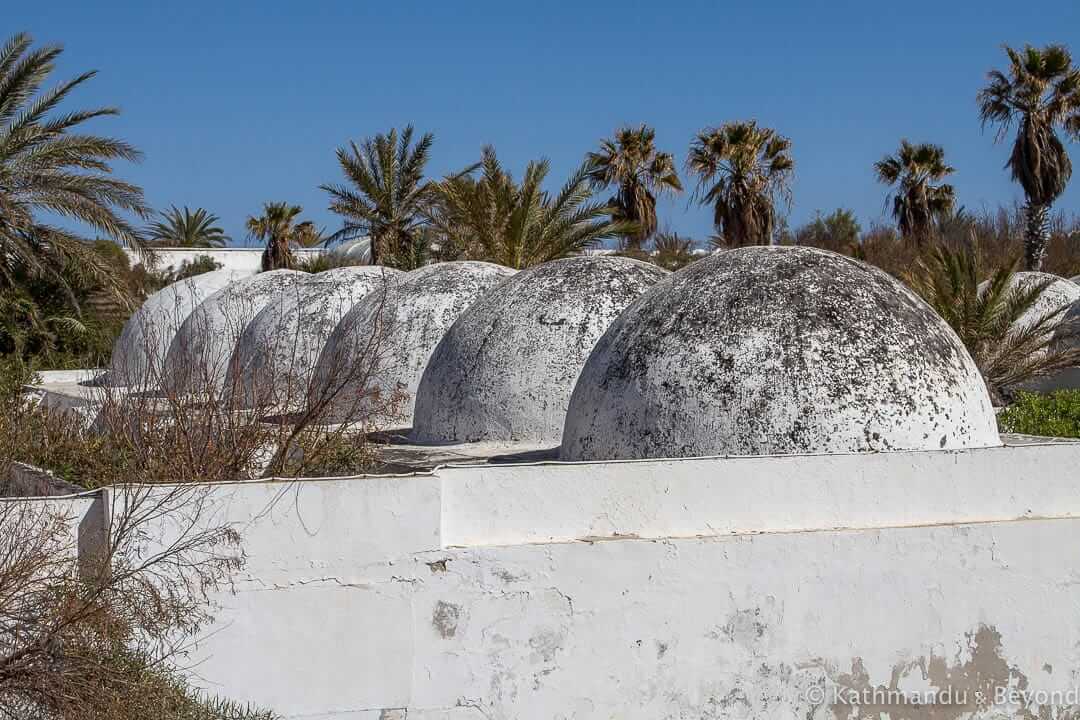
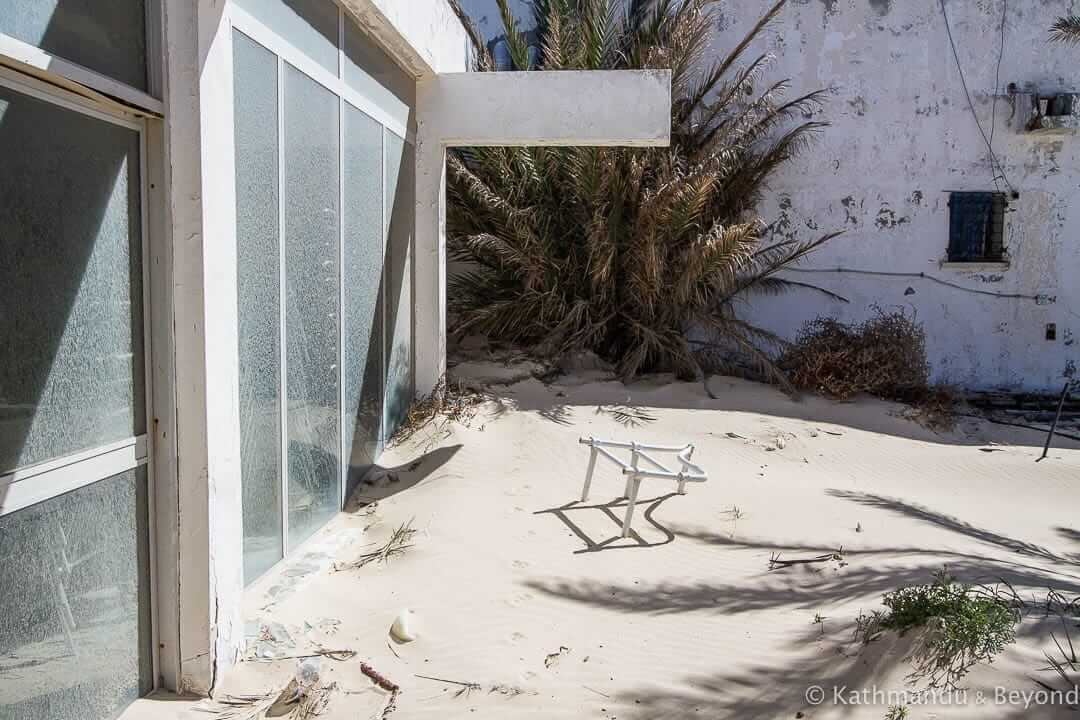
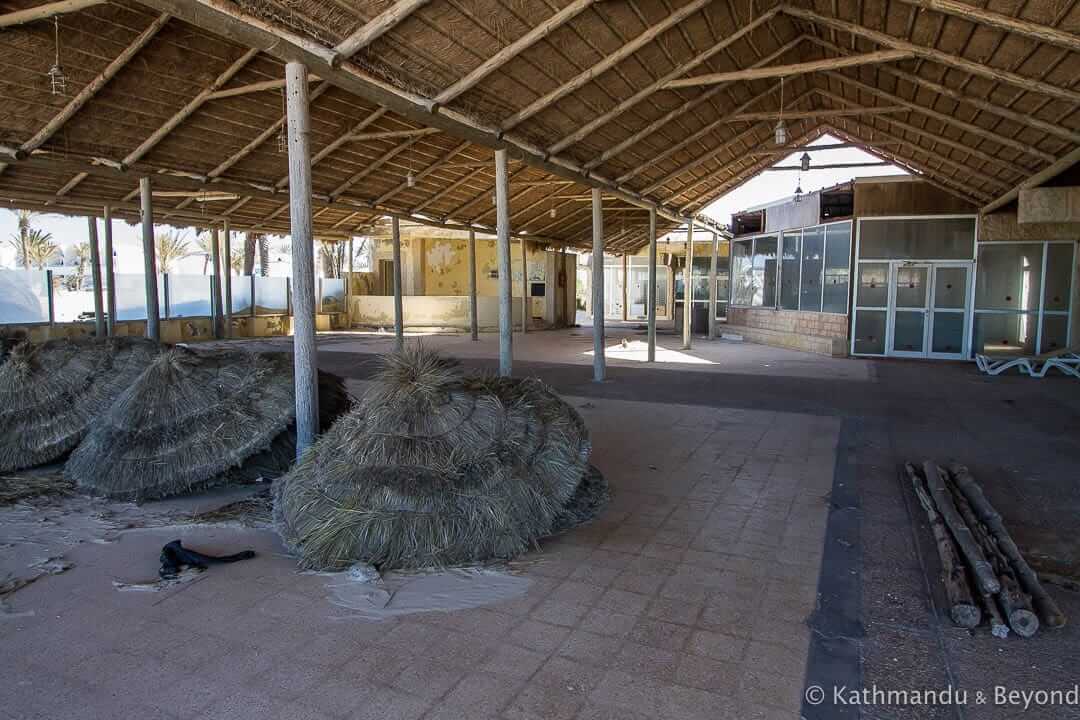
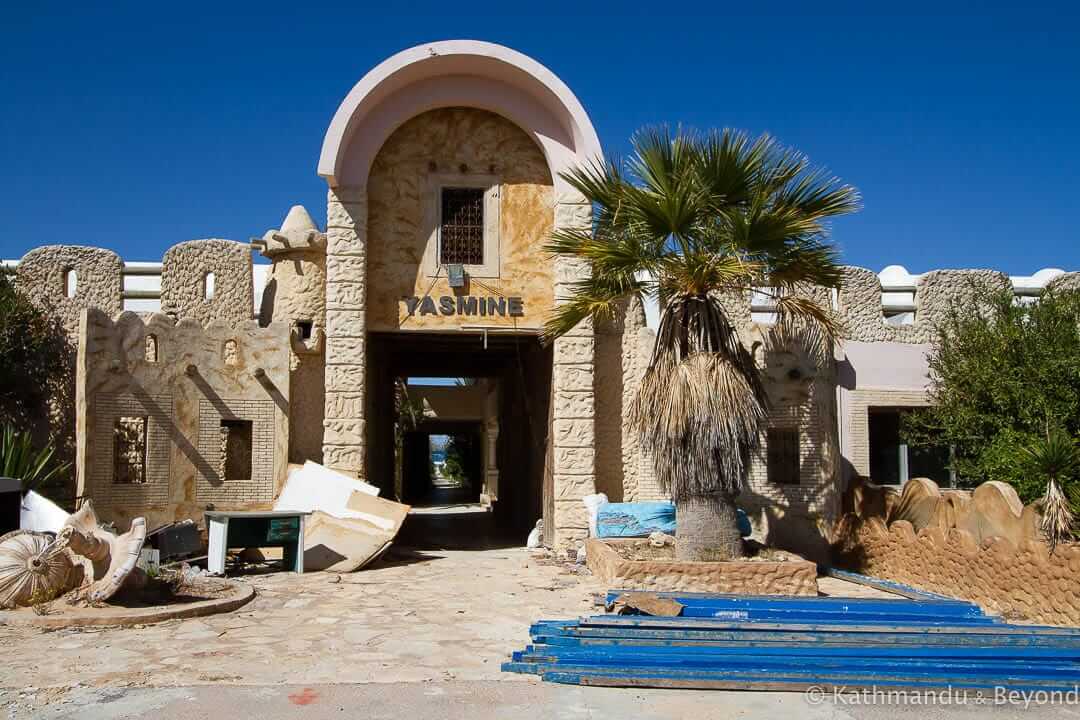
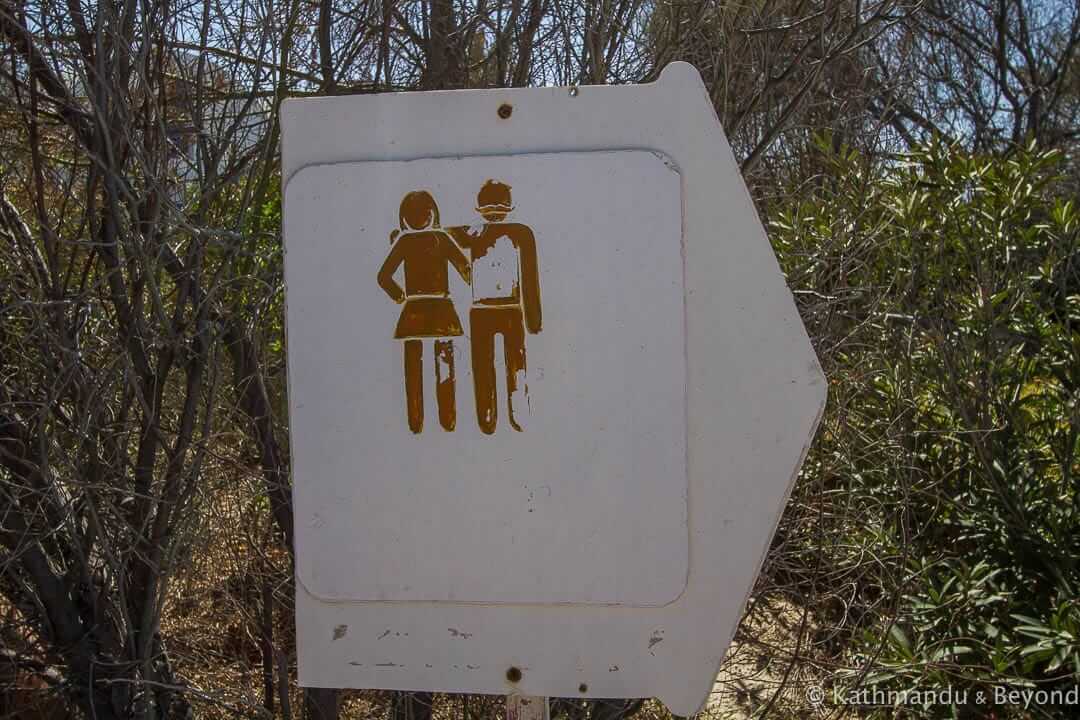
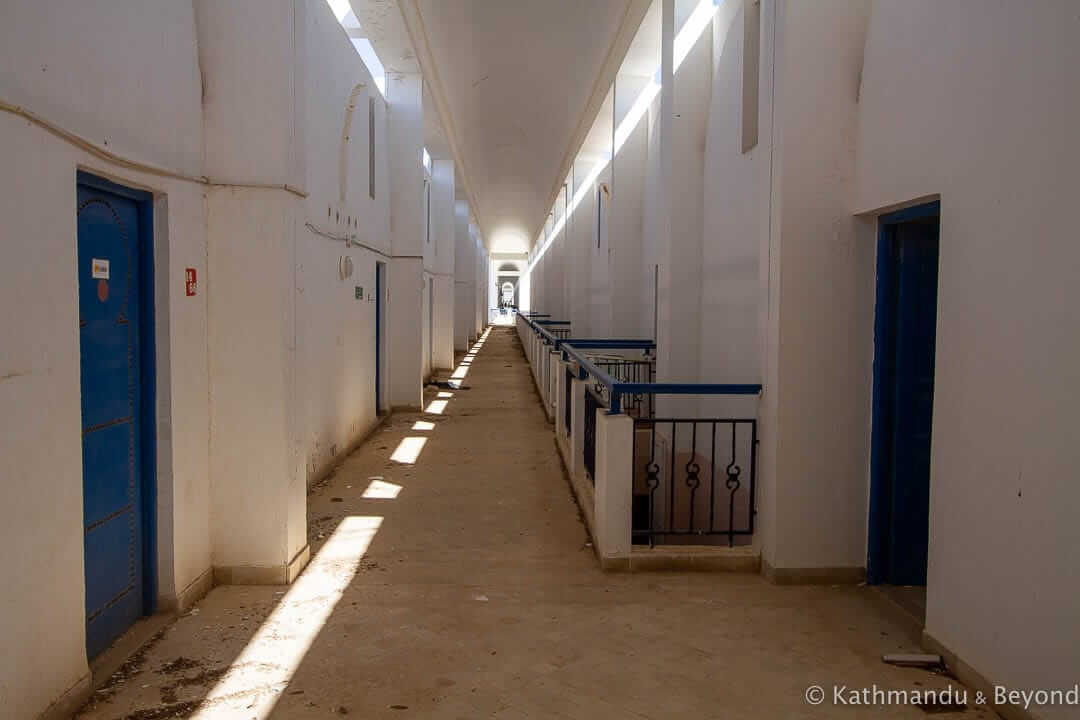
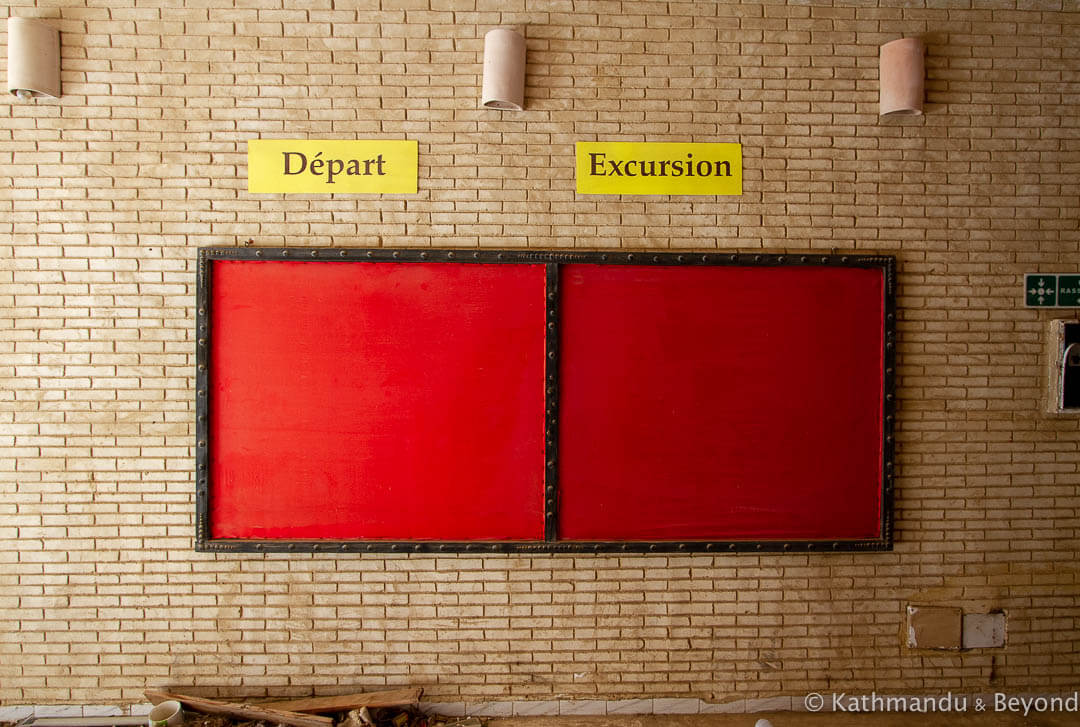
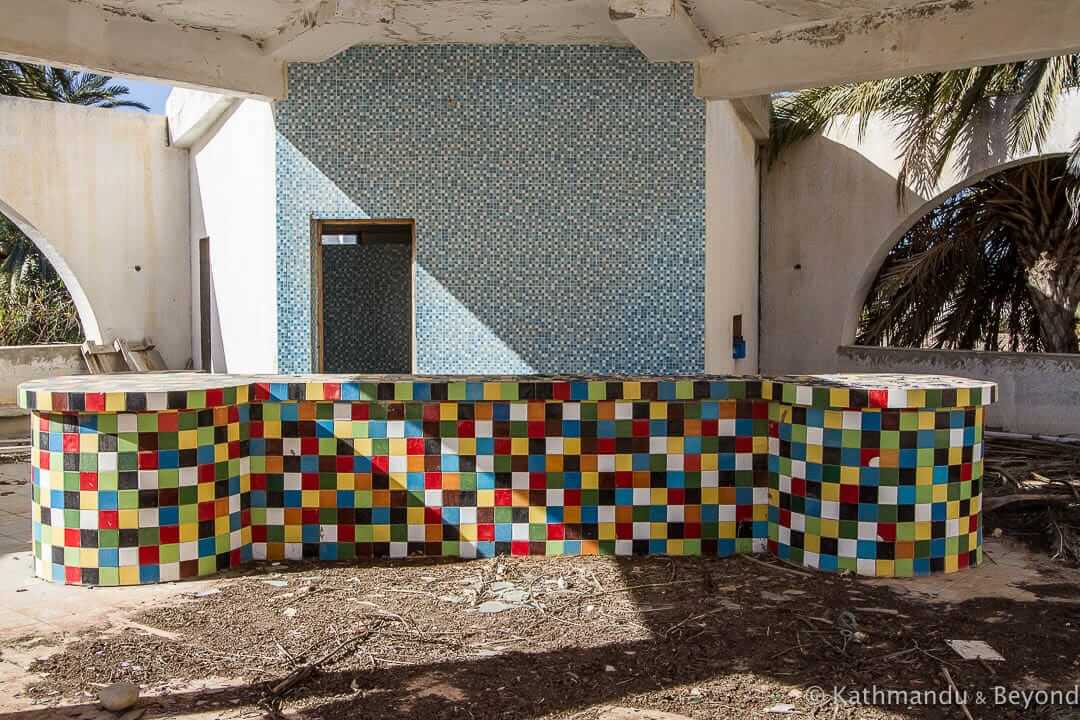
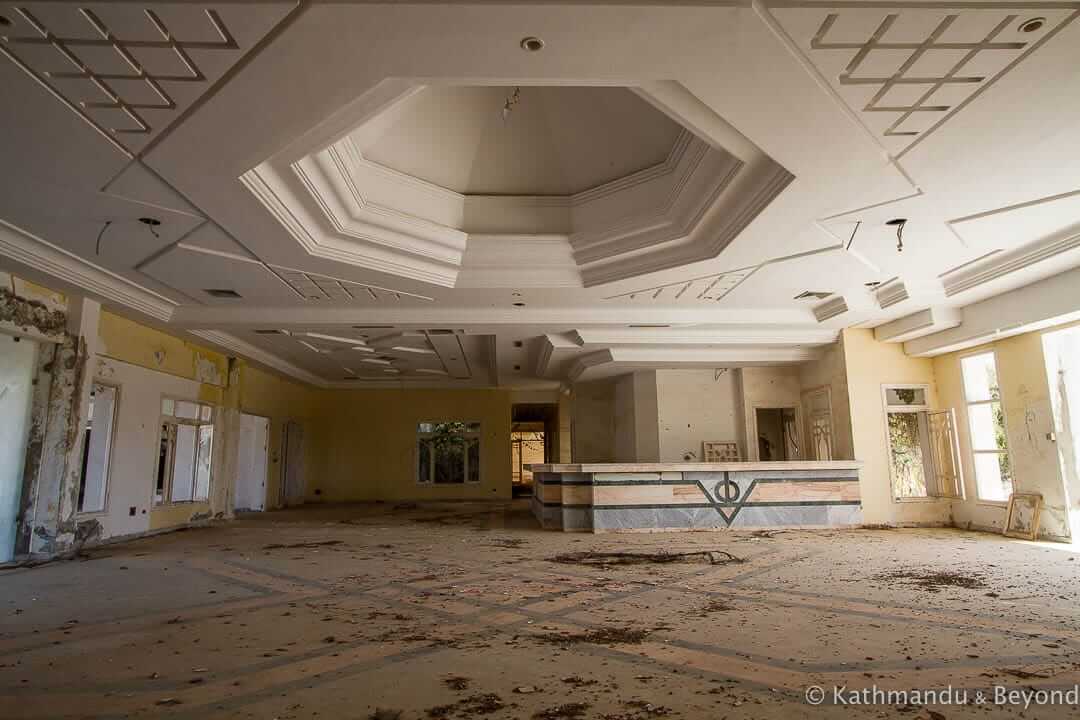
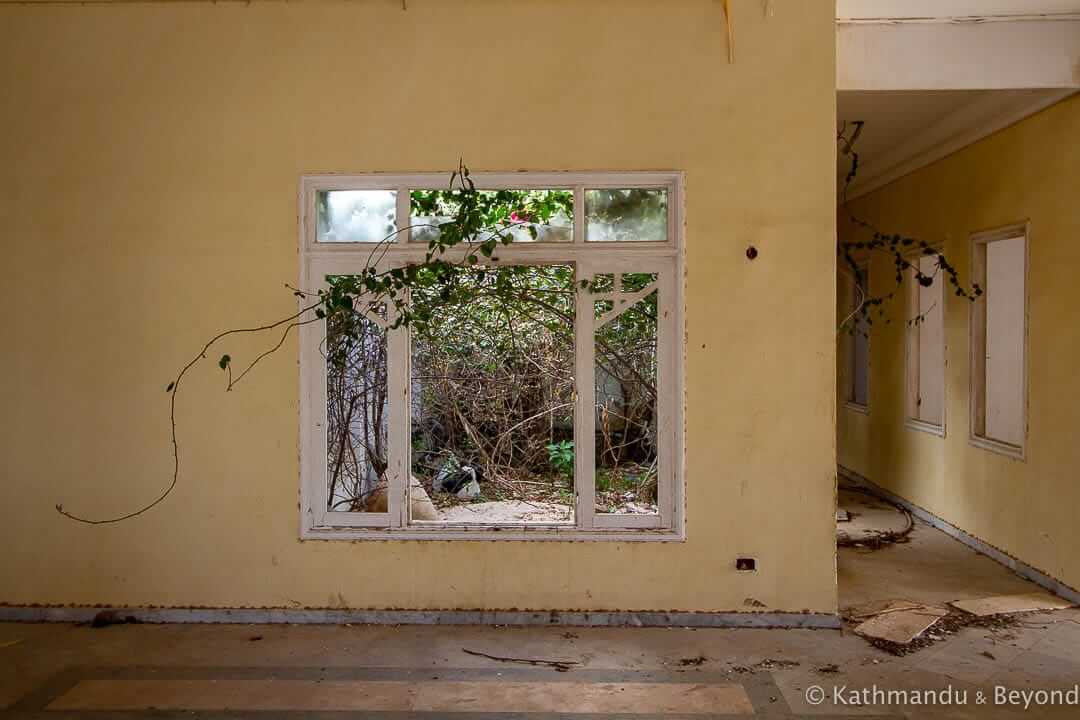
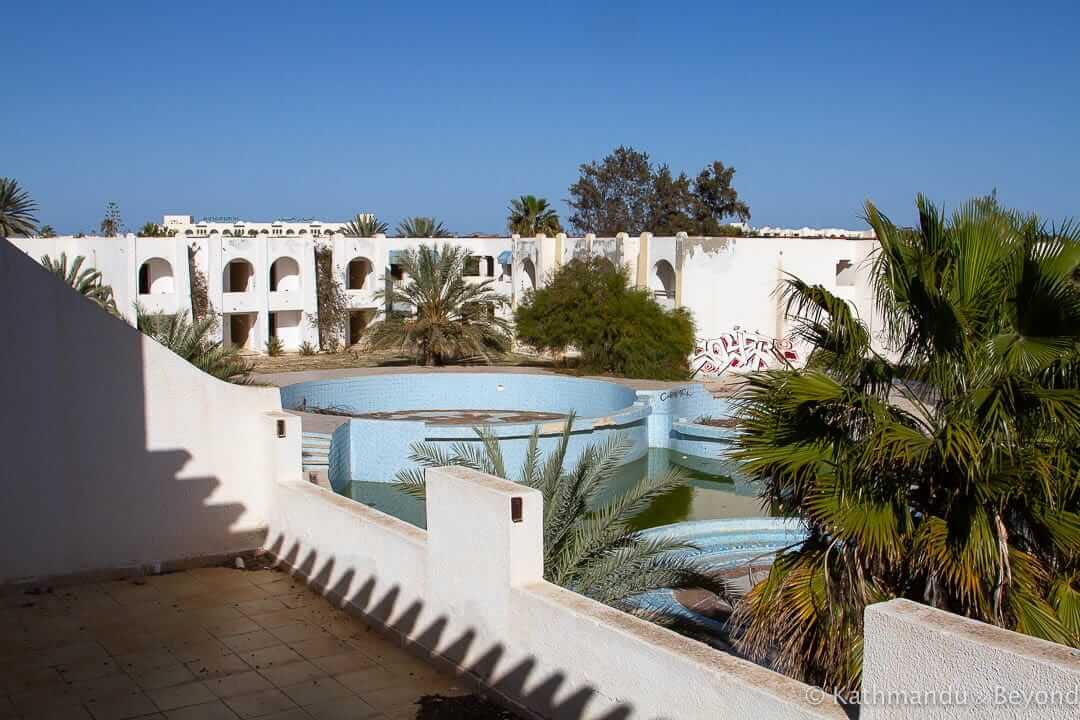
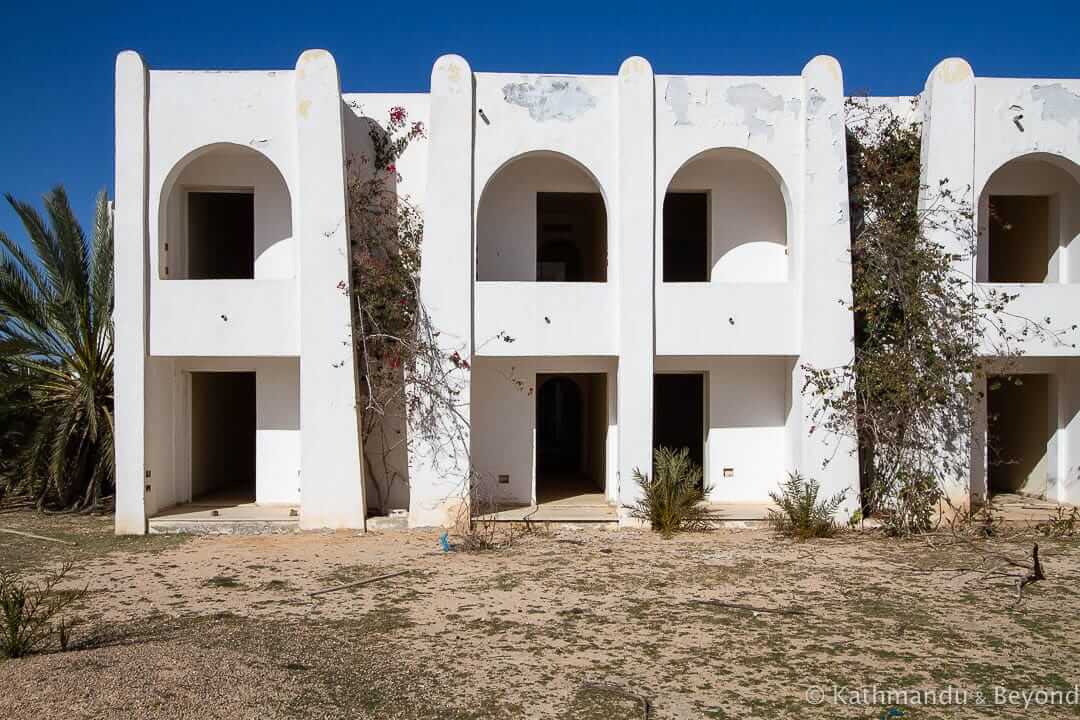
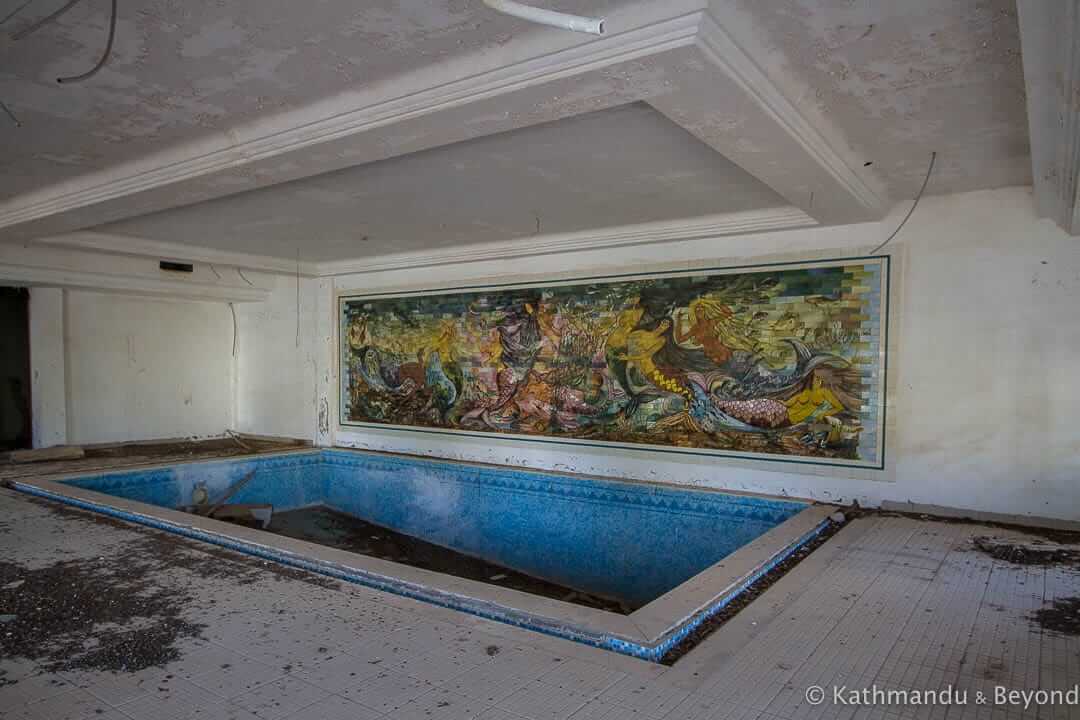
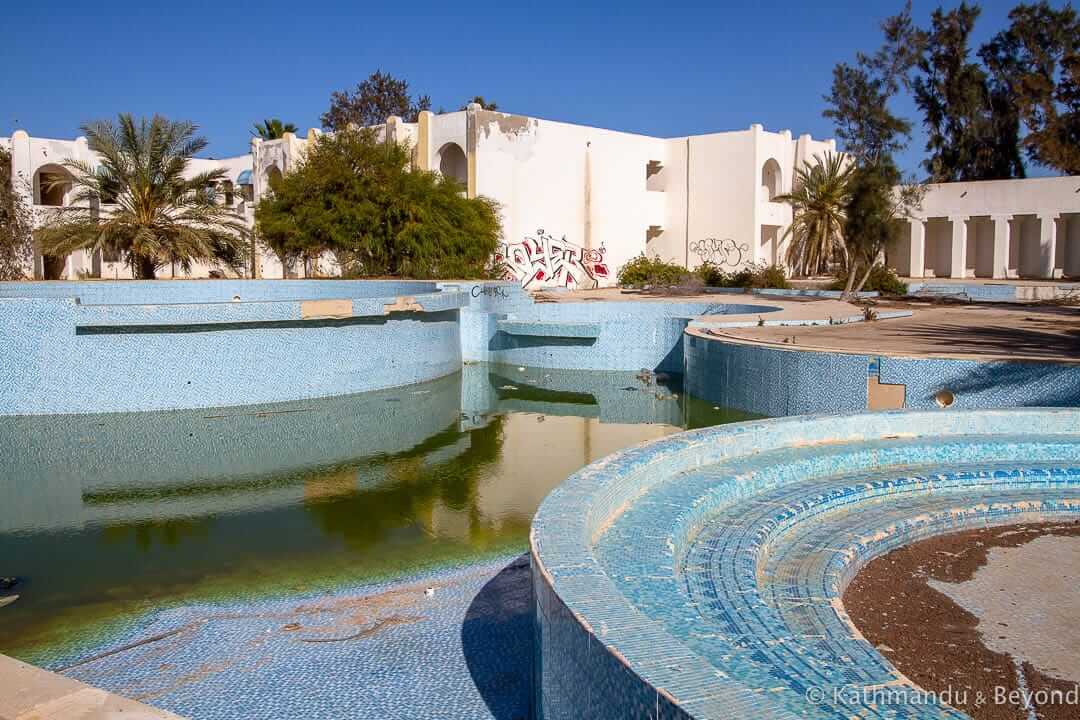
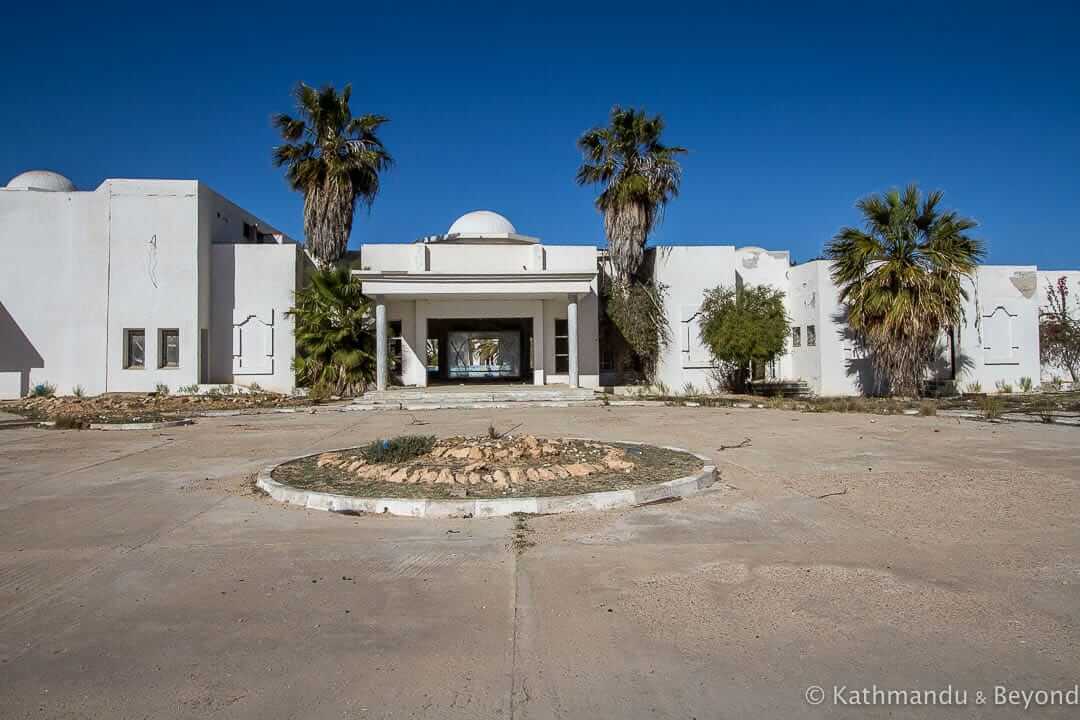
Hi, could you tell me where should I start exploring? Hotel mentioned are no longer in GOOGLE MAPS. Btw. Love the article! Good job:)
Thanks for the compliment! I do mention the name of the beach/resort in the article but I’m afraid I can’t provide exact locations.
Thank you for your info, Pascal. To be clear, we are talking about the one I call Club Marmara Resort? I will update the post accordingly.
bonjour, je viens la semaine prochaine à Djerba. habituellement je vais sur des sites dans le nord de la France et en Belgique faire mes photo. pouvez vous me communiquer les coordonnées de vos trouvailles. un grand merci